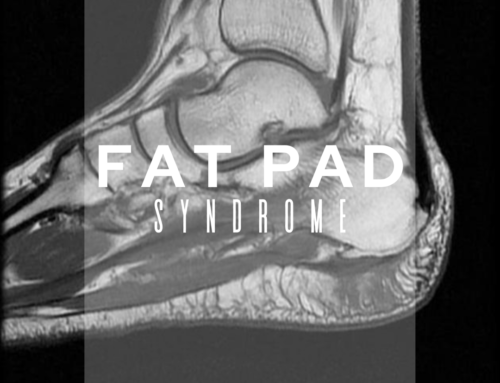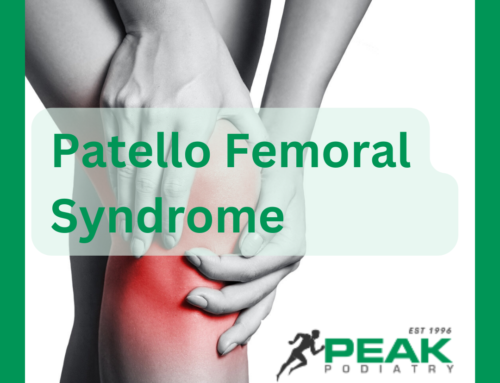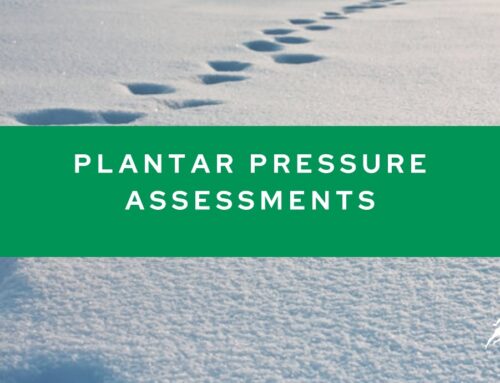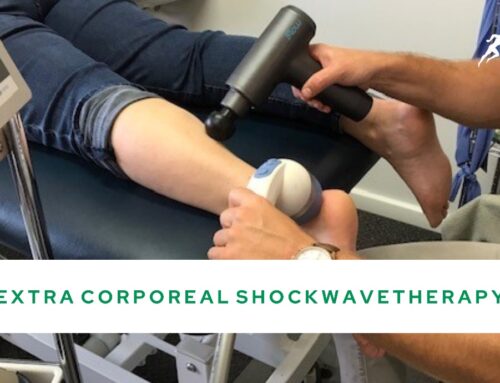Have you been experiencing pain in the ball of your foot? Feel like you’re stepping on a stone? And is it affecting your ability to undertake normal daily activities?
Then you may be experiencing one of the following conditions known as Morton’s Neuroma or Bursitis!
Both conditions affect the ball of one’s foot, though they tend to relate to different areas of the feet. Typically, neuromas tend to affect the 3rd and 4th toes and often feels like you are standing on a pebble. There is often a thickening of the tissues which surround the nerves within the toes that causes the pain. The symptoms that are associated with a Morton’s neuroma include: a sharp, burning sensation which can lead to the toes to sting, burn or feel numb.
Risk factors that are associated with neuromas and some bursitis include:
- wearing high heels
- Ill- fitting shoes
- high impact sports such as running
- repetitive trauma
foot deformities such as bunions, hammer toes, high arches and flat feet
A bursitis occurs due to inflammation of the bursa, which contains small fluid filled sacs. They typically occur between two structures such as muscles, tendons and bones. Bursitis can cause pain and restrict movements due to inflammation.
A person who experiences a foot bursitis will often experience at least one of the following:
- localised pain
- swelling
- warm temperature
- increased pain at night
- pain worse during movements
- stiffness
- redness of the skin
Both a Morton’s neuroma and bursitis occur as a result of continuous pressure, friction, injury and overuse. The diagnosis of either is mostly clinical and can be identified by a good history taking and clinical examination. Imaging via a simple ultrasound can be undertaken to determine the difference between the two, especially for those more complex or concealed cases. Once an exact diagnosis has been made, we will be able to provide you with an appropriate treatment option to get your feet healing.
Management of Bursitis and Morton neuroma
For painful or disturbing neuromas, the choice of therapy depends on overall health and patient factors.
Most common management tools to control the symptoms of these two conditions primarily revolves around:
- Lifestyle modification and changes in the activity status
- Modification on the type of footwear and lacing techniques
- Metatarsal raises, an intrinsic muscle strength programme as well as arch and foot massaging. Stretching and massaging of the calves is also imperative.
- Shoe inserts/orthotics to redistribute weight off the forefoot areas
In chronic cases:
- Steroid injections (preferably under ultrasound guidance) can be undertaken. These work well when done in conjunction with the conservative measures.
- Surgery is usually opted as a last resort after all other conservative options have failed.








Leave A Comment